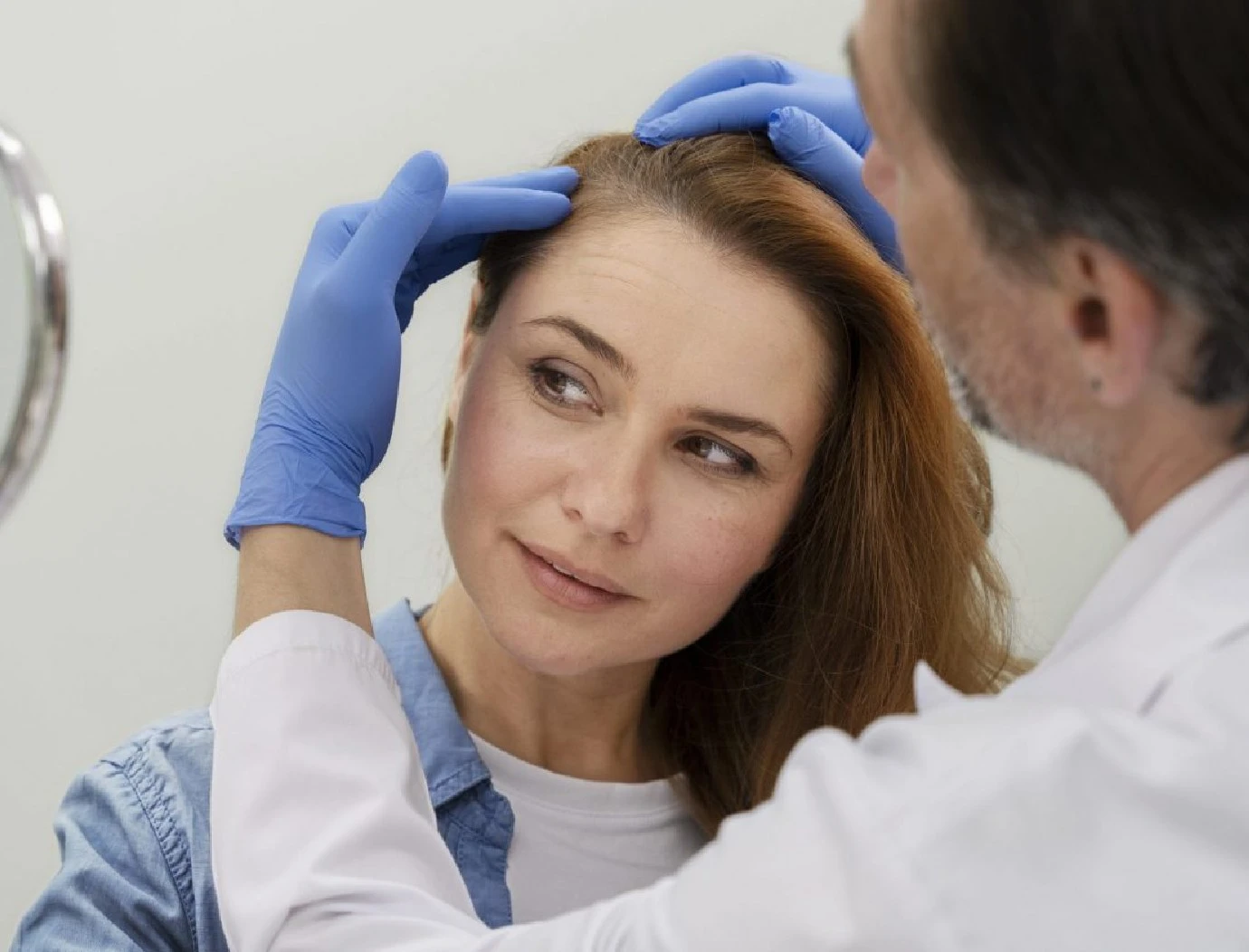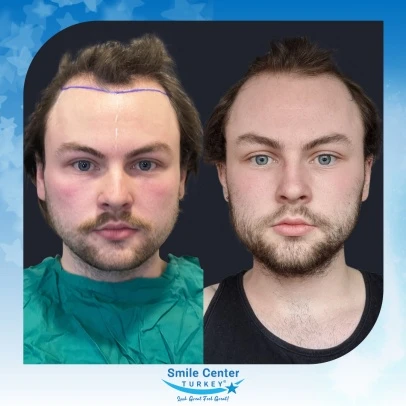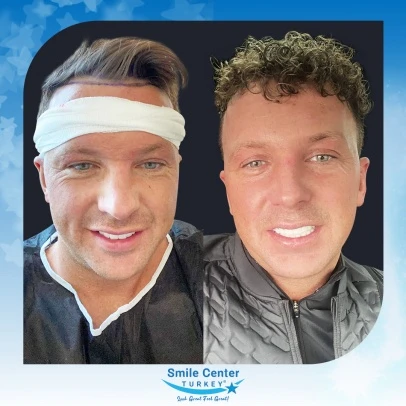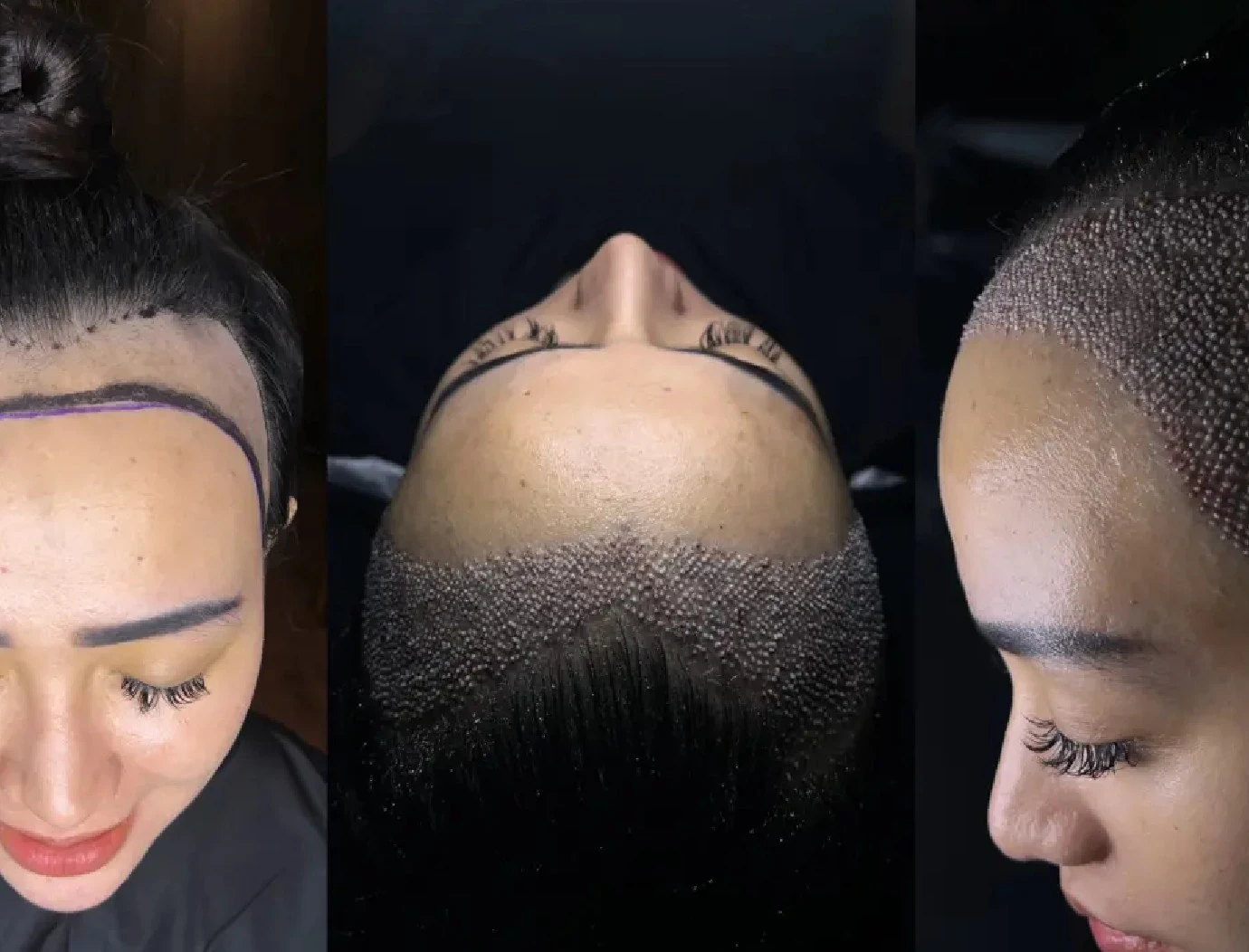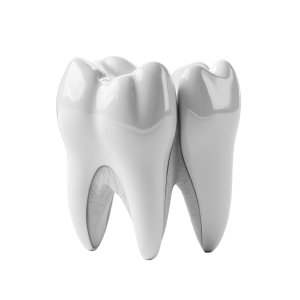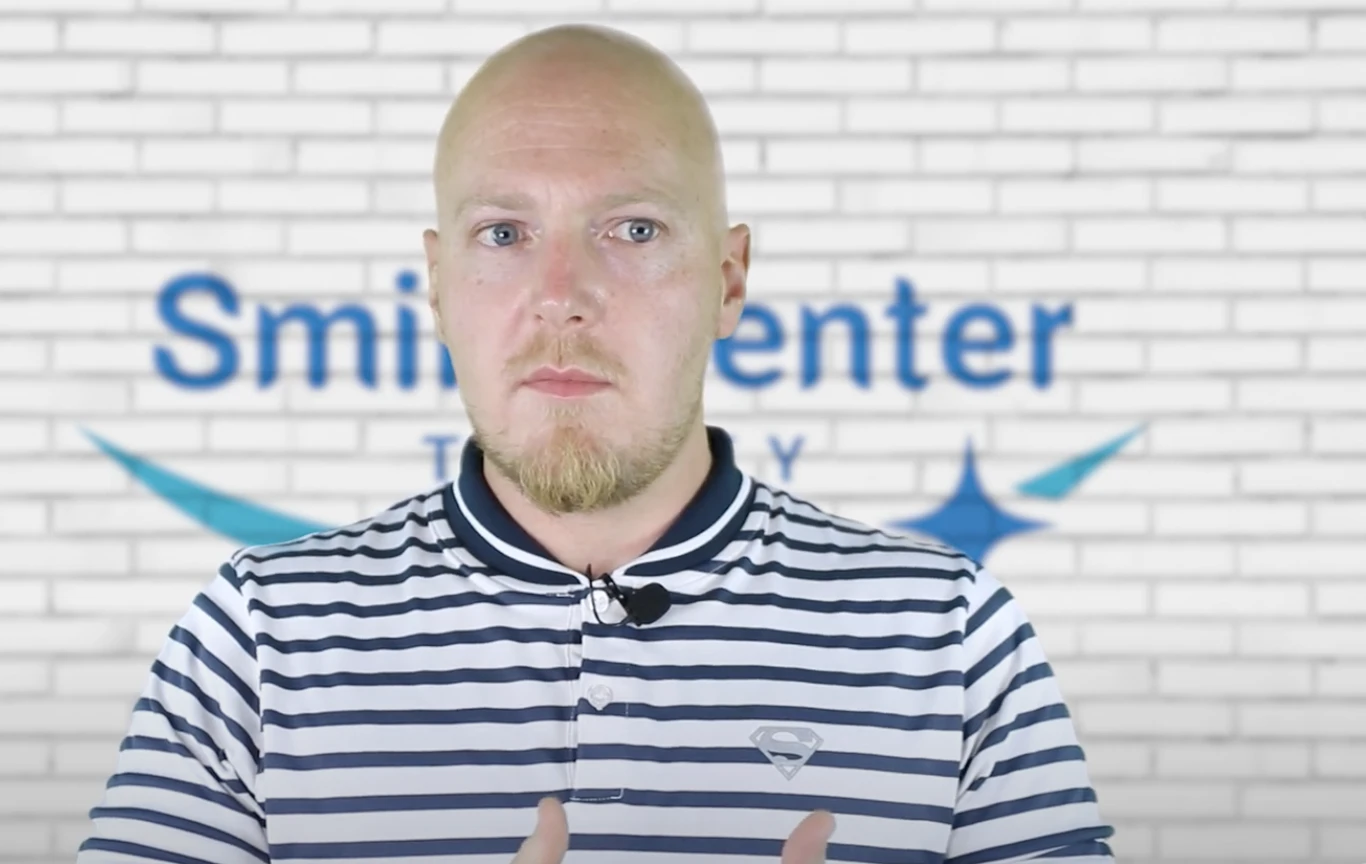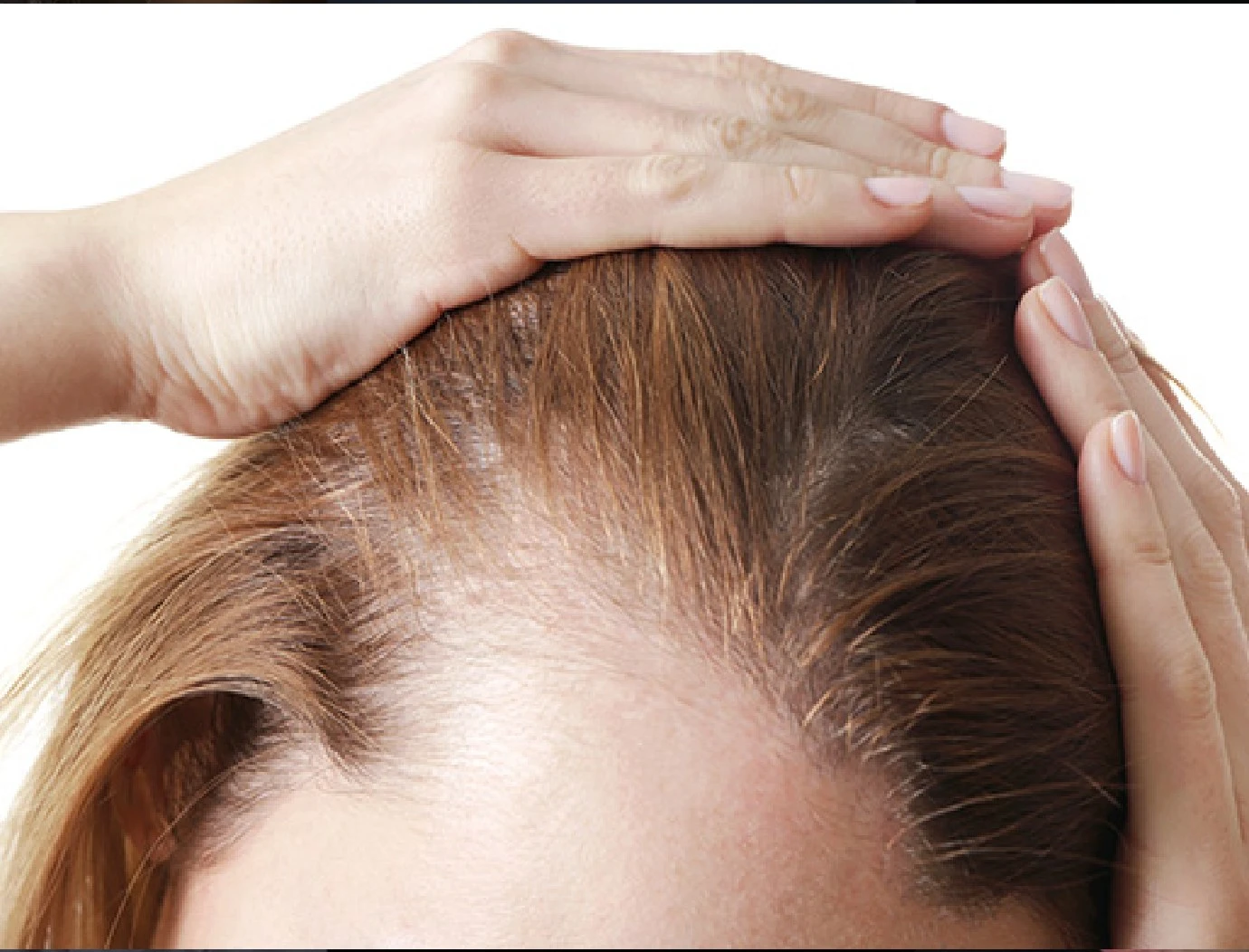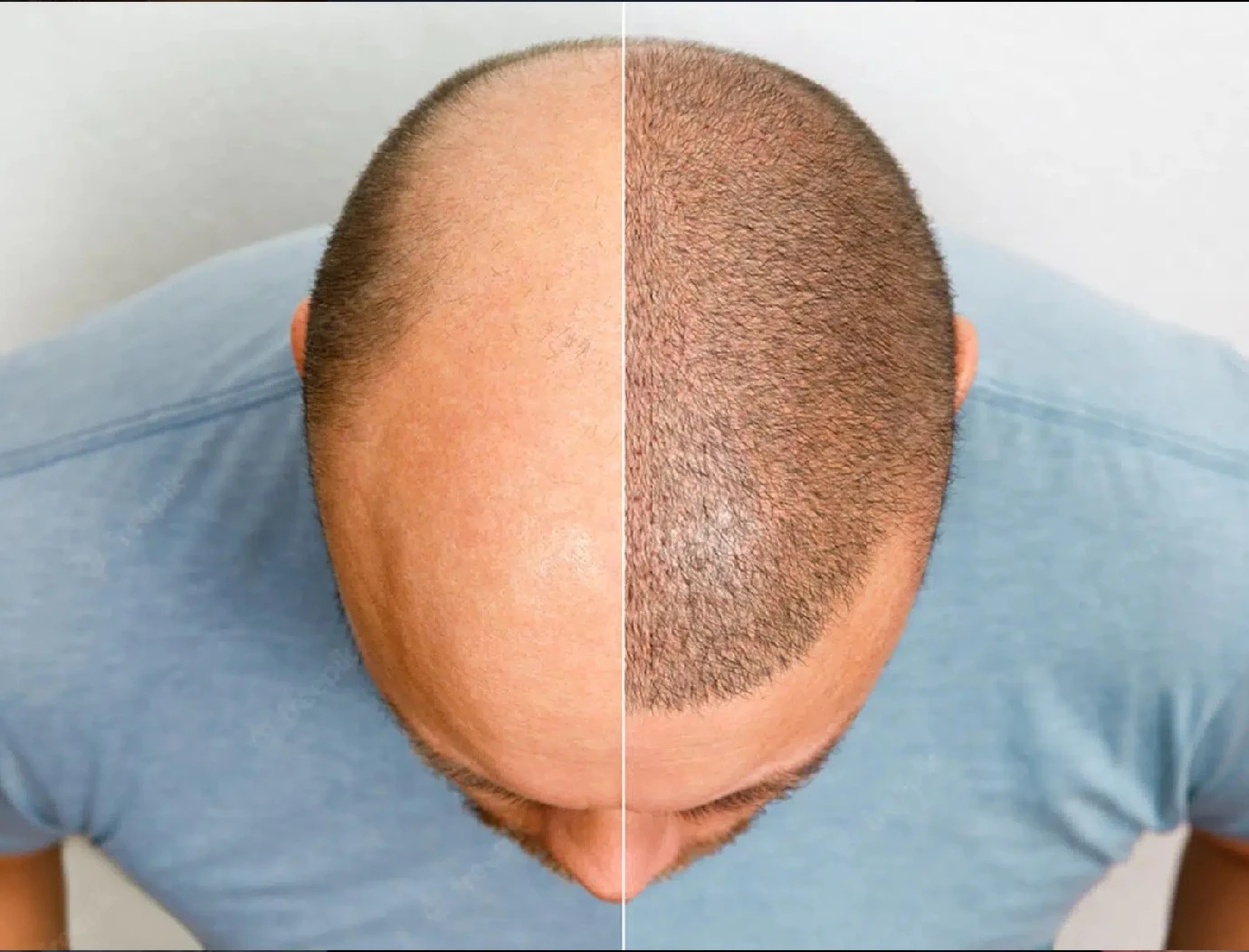Whether you are suitable for a hair transplant or not involves considering various factors. Individuals experiencing hair loss, particularly androgenic alopecia (male or female pattern hair loss), are often suitable candidates.
Age is also an important factor, with those over 25 generally considered, as hair loss before this age is less predictable. Hair thickness plays a role, as thicker hair often yields better results. Donor hair density is crucial; those with fewer than 40 follicles per square centimetre may be less suitable.
Hair colour, especially lighter shades or those matching the skin tone, tends to achieve optimal results. Realistic expectations are essential, as those with practical expectations are more likely to be satisfied with the outcomes of their hair transplant.


